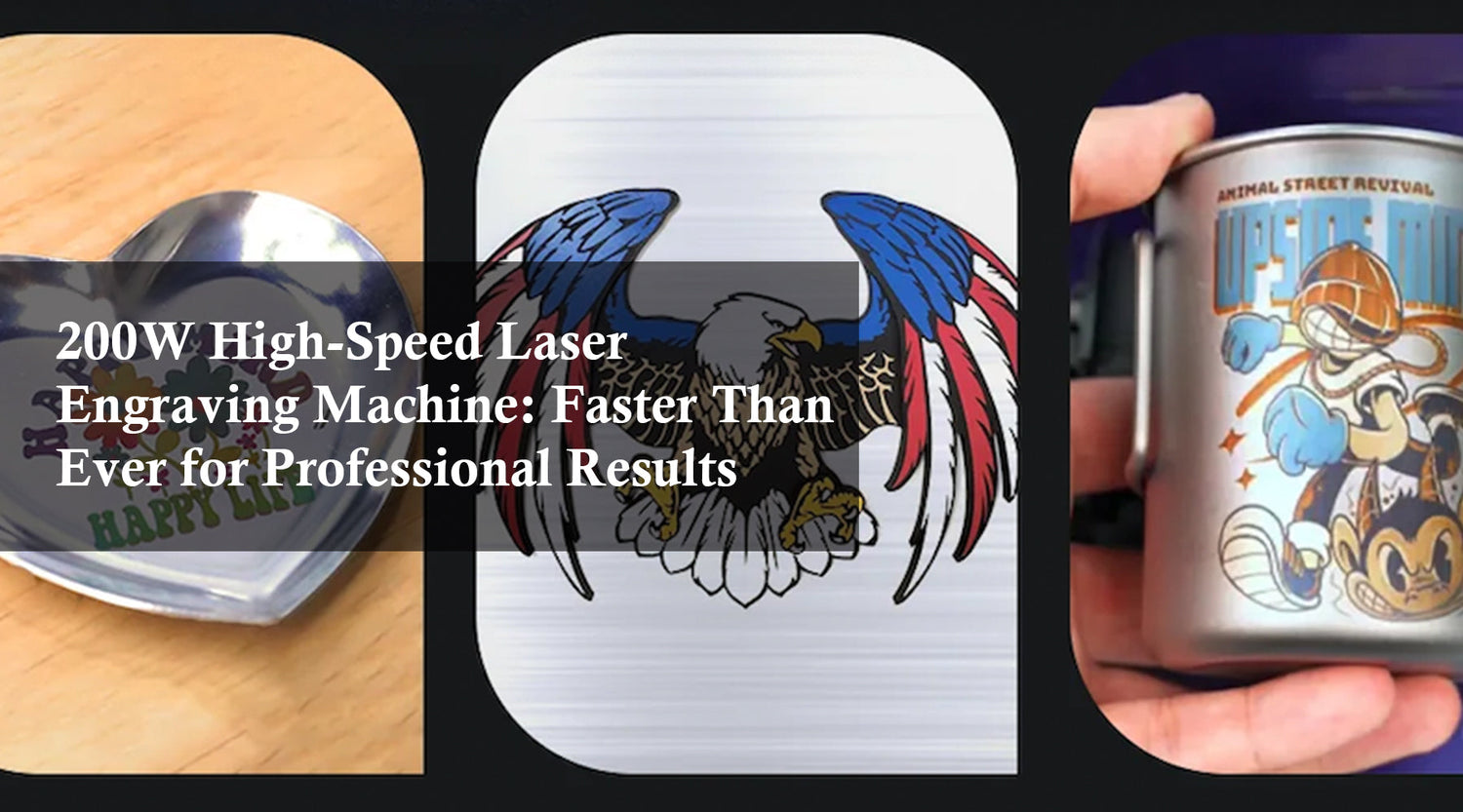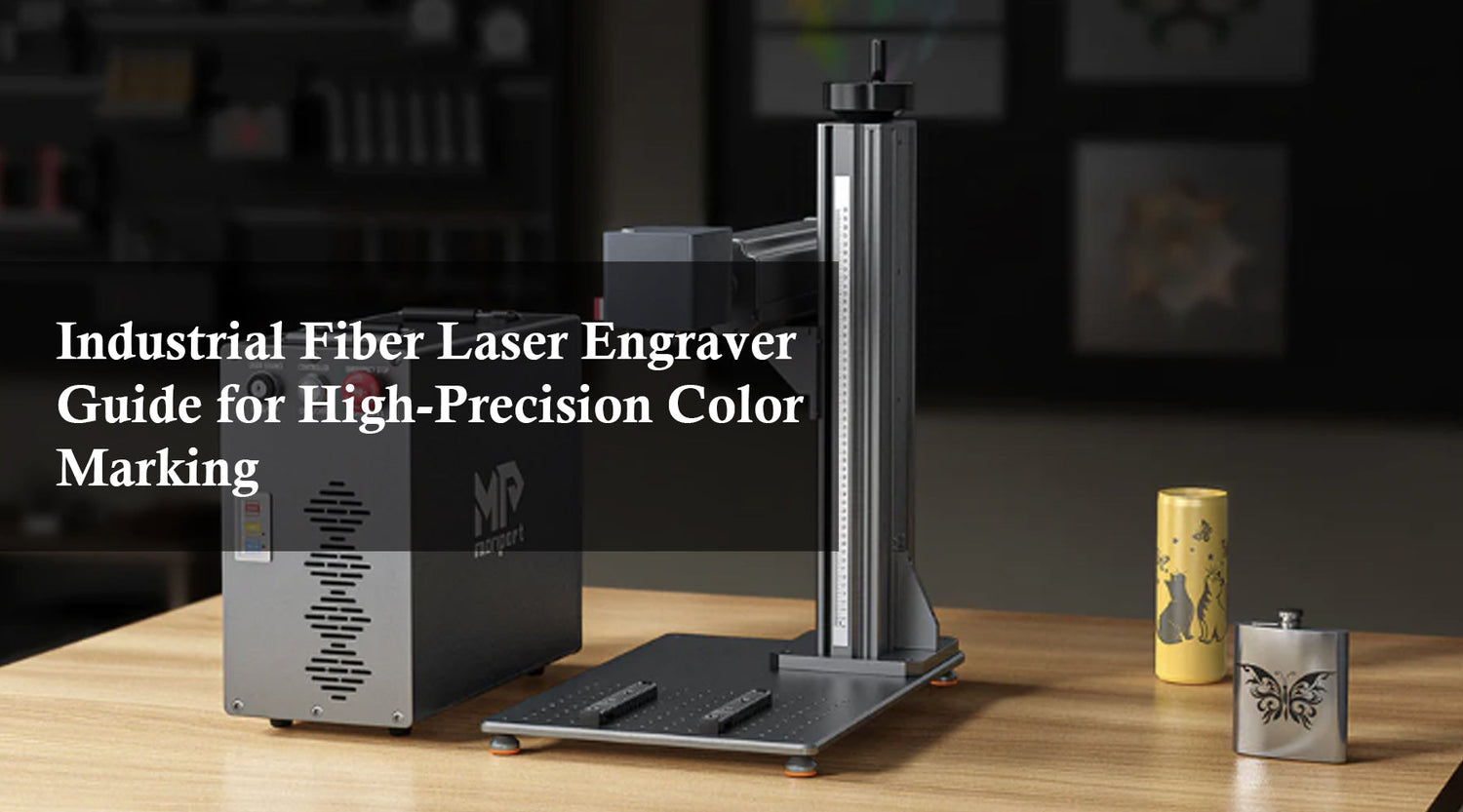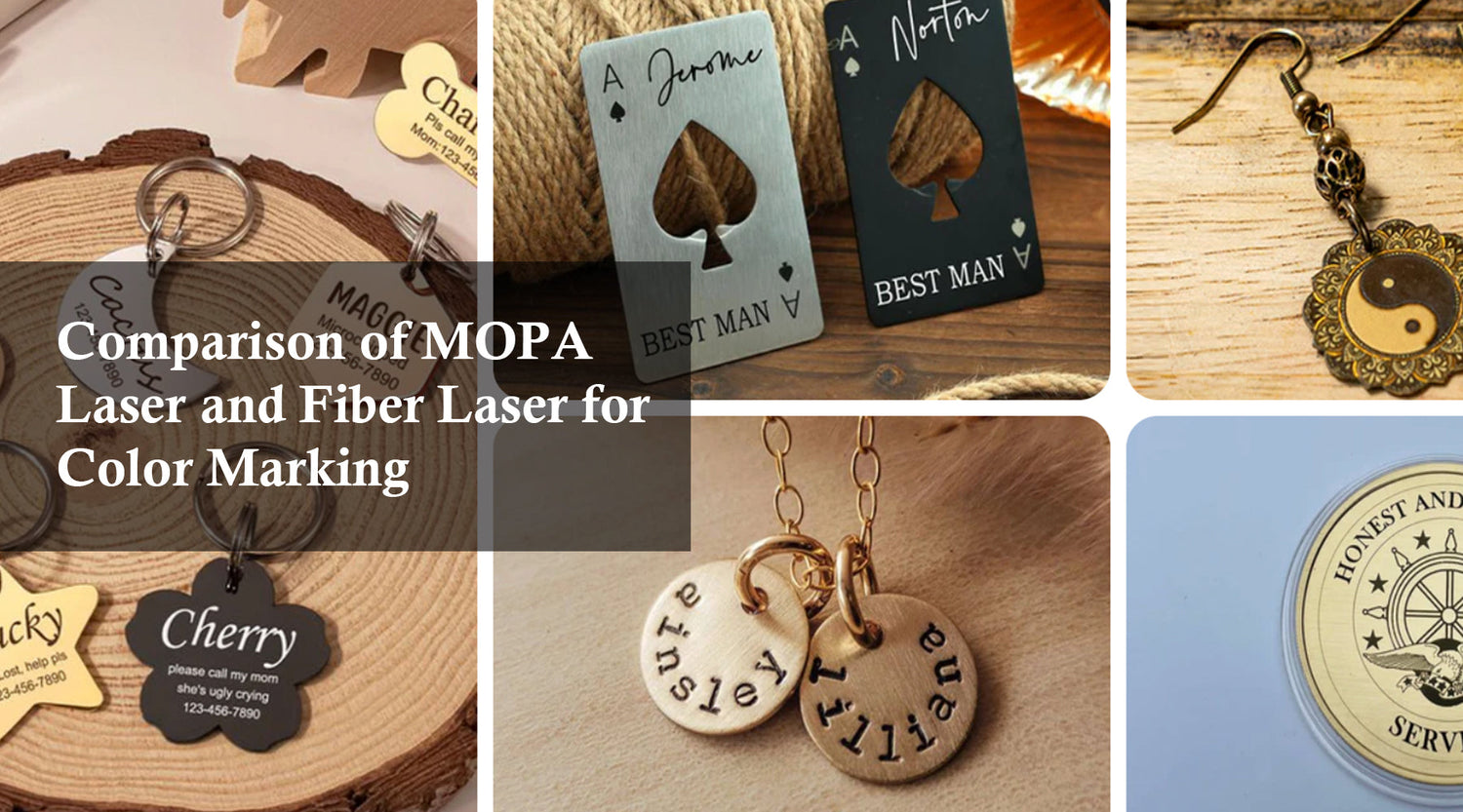Laser marking metal is a process used to create designs and markings on metal surfaces. It is a popular technique used in various industries such as jewelry making, automotive manufacturing, electronics, and more. Engraver Cutter Laser metal marking is a precise and efficient method that produces high-quality results. In this article, we will explore the process of metal laser engraving and provide tips on how to laser mark metal like a pro. Industrial chiller systems are often used to maintain the optimal temperature during this process.
Monport GQ 30W (5.9" x 5.9") Fiber Laser Engraver & Marking Machine with FDA Approval
Unlock Big Savings at Monport Laser! Use code BESTMP10 at checkout for an exclusive discount – Click here to shop now!
ReadMore : Laser Marking Metal Business Card : The Ultimate Guide
How Laser Marking Metal Works

Laser marking metal uses a concentrated laser beam to remove a thin layer from the metal surface. This reaction leaves behind a high-contrast, permanent mark that doesn’t fade over time.
To maintain stable engraving quality, an industrial chiller is often used to keep the laser at an optimal temperature during operation.
Advantages of Laser Marking Metal
-
Highly precise and detailed engraving
-
Permanent and wear-resistant marks
-
Non-contact and clean process
-
Ideal for both large-scale and delicate designs
Best Metals for Laser Marking

Not every metal reacts equally to laser engraving. The best materials for laser marking metal are those with high thermal conductivity and low reflectivity.
* Stainless steel
* Aluminum
* Brass
* Copper
* Titanium
To ensure efficient cooling during laser marking, an industrial chiller is essential.
Step-by-Step Guide – How to Laser Mark Metal
Preparing the Metal Surface
Before engraver cutter laser marking metal, the surface must be clean and free of any debris or contaminants. Any dirt, grease, or oil can interfere with the laser's ability to create a clear and accurate mark. Use a degreaser and a clean cloth to remove any contaminants from the metal surface.
Choosing the Right Laser

Choosing the right metal marking laser for your project is important. Different lasers have different wavelengths, which can affect the type of metal that can be engraved. CO2 lasers are commonly used for engraving non-metallic materials, while fiber lasers are better suited for engraving metals.
However, if you want to mark metal using co2 laser engraver, you had better choose a high-powered CO2 laser engraver, you will need to follow these steps:
Choose the metal you want to engrave: CO2 lasers are best suited for engraving on coated metals, such as anodized aluminum or coated brass. Make sure the metal is clean and free of any oils, dirt, or debris. Using an industrial chiller will enhance the performance of the laser.
Create your design: Use a design software program to create your design or text that you want to engrave on the metal surface. Make sure that the design is in vector format, which is compatible with the laser engraving machine.
Set up the laser engraving machine: Set up the laser engraving machine and connect it to your computer. Adjust the settings of the machine, including the power and speed of the laser beam, depending on the metal you are engraving. An industrial chiller will help maintain optimal conditions.
Secure the metal: Secure the metal onto the engraving bed of the machine using clamps or tape, making sure it is level and stable.
Start the engraving process: Load your design into the laser engraving software and start the engraving process. The laser beam will vaporize the surface of the metal to create the engraved design.
Clean the metal: After engraving, remove the metal from the machine and clean it with a soft cloth to remove any debris or residue.
It is important to note that marking metal with a CO2 engraver cutter laser may not produce as precise and detailed results as other types of laser engravers, such as fiber laser engravers, which are specifically designed for engraving on metal surfaces.
Adjusting the Laser Settings
Once you have chosen the right engraver cutter laser, it is important to adjust the laser settings to achieve the desired results. The laser's power, speed, and frequency can be adjusted to create different effects on the metal surface. It is important to test the laser settings on a small piece of metal before engraving the final product.
Tips for Laser Marking Metal Like a Pro

- Choose the right metal - Not all metals are suitable for laser engraving. Choose a metal that has high thermal conductivity and low reflectivity for the best results.
- Prepare the metal surface - Make sure the metal surface is clean and free of any contaminants before laser marking.
- Choose the right laser - Choose the right metal marking laser for your project. CO2 lasers are commonly used for engraving non-metallic materials, while fiber lasers are better suited for engraving metals.
- Adjust the laser settings - Adjust the laser's power, speed, and frequency to achieve the desired results. Test the laser settings on a small piece of metal before engraving the final product.
- Use a protective coating - Use a protective coating on the engraved metal to protect it from wear and tear.
- Practice - Practice makes perfect. The more you practice laser marking metal, the better you will become.
FAQs – Everything You Need to Know About Laser Marking Metal
Q1: What is the difference between fiber and CO₂ lasers for marking metal?
A: Fiber lasers are optimized for marking bare metals, while CO₂ lasers are best for coated materials. Fiber lasers provide sharper, more detailed results.
Q2: Can any type of metal be laser marked?
A: Not all metals are ideal. Stainless steel, aluminum, brass, and titanium deliver the best engraving results.
Q3: Why is cooling important during laser marking?
A: An industrial chiller keeps your laser at a stable temperature, ensuring consistent power and precision.
Q4: How can I improve the quality of my laser markings?
A: Use the right laser settings, clean surfaces, and run test engravings before final production.
Q5: What are common uses for laser marking metal?
A: This technique is used for engraving jewelry, metal business cards, industrial tools, and electronic components.
Applications of Laser Marking Metal
Laser Marking Metal is a versatile technique that is used in various industries, including:

* Laser-marking metal business cards

* Laser marking metal pen

* Laser marking metal tumbler

* Laser marking metal jewelry
Conclusion
Laser marking metal is an advanced and reliable technique for producing permanent, high-quality engravings. With the right laser engraver, proper surface preparation, and correct settings, anyone can create professional-grade metal markings.
Additionally, using an industrial chiller will help maintain the stability and longevity of the laser system, ensuring optimal results.











1 Comment
What settings do you adjust for silver? is there an example somewhere?